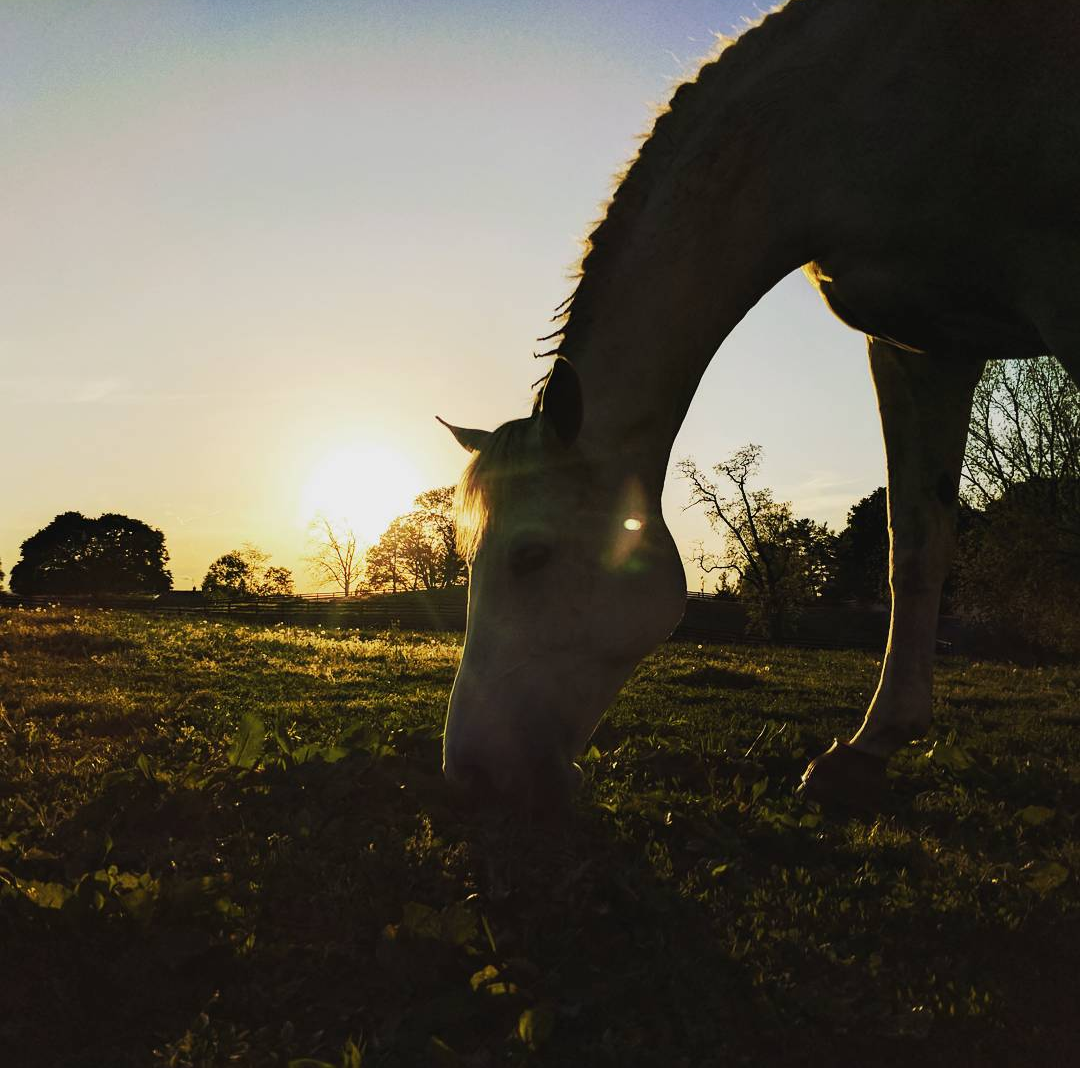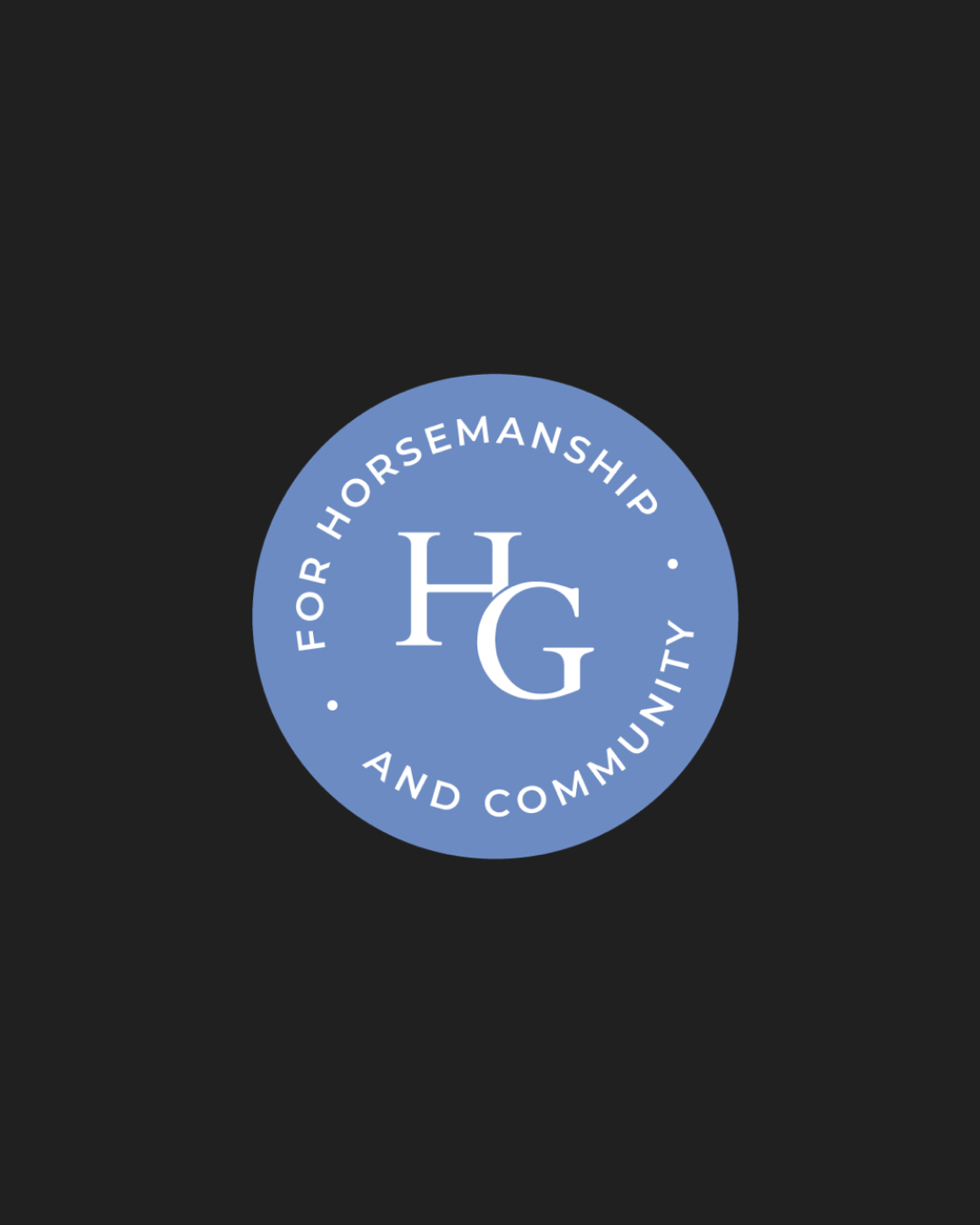Two weeks ago, HorseGrooms asked what you would do when you witness horse abuse. What would you do? What should you do?
In the U.S., individuals can report witnessed horse abuse to the U.S. Equestrian Federation by texting 2USEF (28733) or by emailing generalcounsel@usef.org. But what happens next? What should you do to make sure the perpetrator gets due punishment?
We reached out to USEF to answer some of our questions so that grooms can be prepared if such an unfortunate day arises.
What Happens After Reporting?
“USEF will contact the reporting party to gather as much information as possible about the allegations,” said USEF spokesperson Vicki Lowell. “We will determine whether we have disciplinary jurisdiction over the person accused of wrongdoing and the matter, and if we do then we will interview eyewitnesses and examine any evidence such as video footage, photographs, and vet reports that may be available.”
“Allegations of abuse are taken very seriously; we will put the person accused of abuse on notice of the allegations and request that they sit for an interview,” she continued. “We will interview witnesses that they suggest and review all of the evidence they provide in their defense. We may consult with independent experts too. At the conclusion of this investigation phase, a review will take place to determine an appropriate resolution. The resolution is determined based on the evidence available, witnesses willing to assist in the process, applicable USEF Rules, along with input from the reporting parties on their desired outcome.”
Proof Needed
Eyewitnesses are key to the process in addition to photographs and videos that corroborate with the witnesses. USEF also said that if the horse was treated by a veterinarian, the vet’s testimony is helpful as well as vet reports that document injuries.
Do I Go to USEF or Law Enforcement?
USEF recommends reporting to law enforcement.
“When law enforcement is involved, they will take the lead on the investigation, and we will cooperate with them,” Lowell said.
Tips to Keep in Mind
Witnessing abuse is shocking and horrific. In such instances, it can be hard to clearly know what to do so that the proper people get punished, and the horses move to safety. We asked USEF for some advice on what can be helpful to do to gather enough evidence of the abuse:
- Document what is witnessed. “Maintaining a journal with dates/times/names of those involved would be helpful as it would ensure details are remembered as they happened,” said Lowell.
- Collect evidence such as photos, videos, and/or equipment.
- Report what you witness to other individuals close to the situation; this ensures that “there are additional individuals to corroborate the allegations.”


